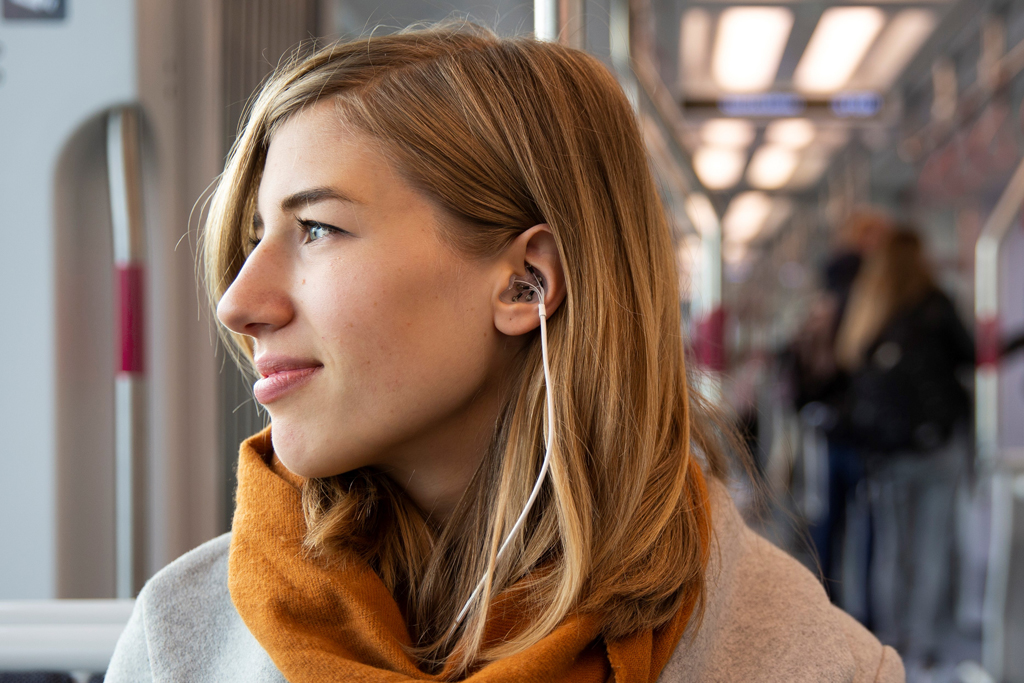This research field concerns the application of the ear-EEG method within the fields of audiology and monitoring of brain states in real life. It consists of three parts: part one and two concerns validation and characterization of the ear-EEG method in comparison to conventional scalp EEG and the third part concerns exploiting the experimental possibilities of the ear-EEG method in real life situations. The first part is the investigation and validation of how well-known and well-studied scalp EEG paradigms are reflected in ear-EEG under controlled laboratory conditions. In the second part, it is the ambition to move the investigation of ear-EEG-applicable paradigms out of the laboratory and into the real world. Finally, based on the findings in part one and two, it is the ambition to take advantage of the experimental opportunities that the ear-EEG platform enables to gain new basic neuroscientific knowledge of sensory perception, brain function and brain state in the real life situations.
Hearing loss affects many aspects of sound perception and may, in addition to elevated hearing thresholds, be associated with e.g. reduced frequency selectivity, increased masking, reduced dynamical range and changes in compression. This leads, among other things, to reduced speech intelligibility and difficulties in cocktail-party situations. Hence, hearing loss has severe implications for both functional and social aspects of the affected individuals´ life. Use of hearing aids to some extent relieves the hearing loss and thereby improves the quality of life for the hearing impaired and their relatives. In current hearing aids, auditory perception is optimized through adaption of the audio processing (i.e. the directionality, noise reduction and compression) of the hearing aid according to the interchanging auditory scene of the user. Getting additional and more detailed information about the actual sound perception and mental state of the user would be of great advantage for hearing instruments as it would allow the audio processing to be even more tailored to the specific situation. It is thus the ambition to investigate and research ear-EEG methods that can be used as feedback to the hearing aid. Research in this field includes ear-EEG based hearing threshold estimation based on natural sounds and in everyday environments, as well as decoding of frequency masking, compression and auditory attention from ear-EEG. This could find application within either fitting or online audio processing of hearing instruments (Denk et al. 2018; Fiedler et al. 2017).
The research field also concerns the monitoring of brain states in more general terms. Use of a discreet and unobtrusive ear-EEG device allow information about brain activity to be gathered over extended periods of time. Such data will in combination with advanced signal and machine learning methods allow research of methods to estimate the current mental states of the user, and to track the mental states over time. This would allow assessment of e.g. cognitive performance, fatigue, mood and psychological state; and eventually enable development of devices for e.g. screening and early diagnosing of neurodegenerative diseases, assistive devices for improvement of treatment of patients with brain disorders, or assistive devices enabling patients to better cope with their disease or disorder.

